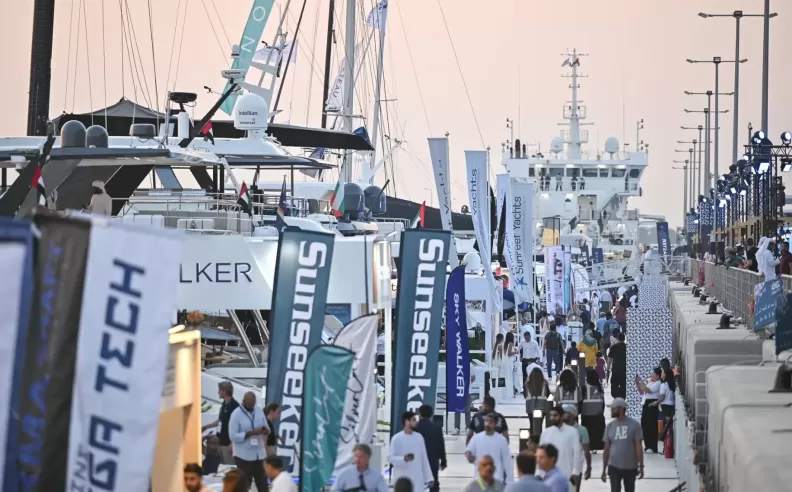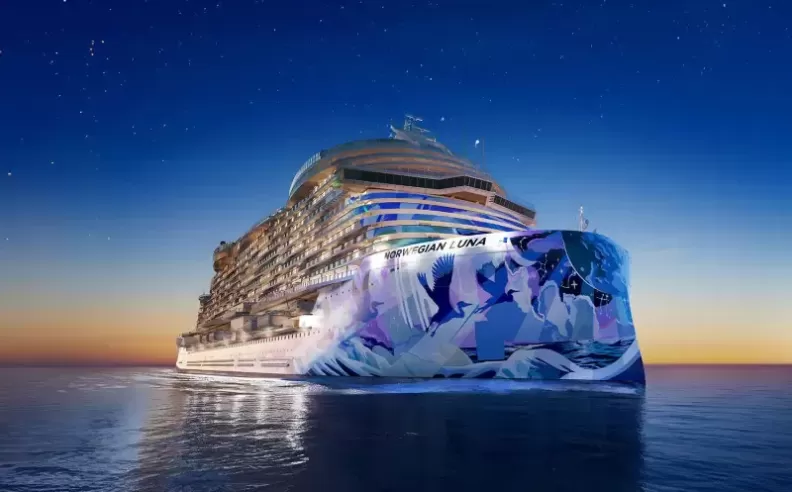Over a century ago, the Titanic symbolized the height of luxury and human ambition an engineering marvel deemed unsinkable. But time changes everything. Today, Icon of the Seas stands as a modern masterpiece that makes the Titanic look like a relic of another age. More than a ship, it’s a floating city redefining what luxury and innovation at sea truly mean.
In 1912, the Titanic represented human achievement at its finest. Stretching 883 feet and carrying over 2,400 passengers, it embodied elegance and industrial might. Marble floors, ornate dining halls, and intricate detailing reflected a world where luxury belonged to the elite few. It wasn’t just a ship it was a floating palace that captured the dreams and pride of an entire generation.
More than a century later, Royal Caribbean introduced Icon of the Seas, the largest ship ever built a floating world 1,198 feet long and capable of hosting nearly 10,000 people. Unlike the Titanic’s focus on opulent exclusivity, Icon of the Seas blends entertainment, technology, and community. It features water parks, theaters, fine dining, and entertainment zones that rival those of any modern city. It’s not just transportation it’s a complete lifestyle experience on the water.
When adjusted for today’s value, building the Titanic cost around $250 million. In contrast, Icon of the Seas came with a $2 billion price tag nearly eight times more. This difference reflects how luxury has transformed from quiet sophistication to full sensory immersion. Modern travelers seek experience, not just elegance from gourmet dining to adventure, wellness, and entertainment all in one place.
Even with modern technology, constructing ships like Icon of the Seas remains a colossal challenge. While the Titanic took about five years to complete, Icon required more than seven years of planning, design, and engineering. Every section was crafted for precision blending safety, sustainability, and comfort. Building such a ship today is like creating a floating metropolis, powered by cutting-edge systems and innovation.
Each ship defines its era. The Titanic symbolized the dreams of the early 20th century a bold step into the unknown. Icon of the Seas, however, reflects the spirit of today: ambition, technology, and the pursuit of limitless experiences. It’s not merely a vessel but a statement a celebration of how far humanity has come. The ocean no longer separates worlds; it now hosts them.

Started my career in Automotive Journalism in 2015. Even though I'm a pharmacist, hanging around cars all the time has created a passion for the automotive industry since day 1.

